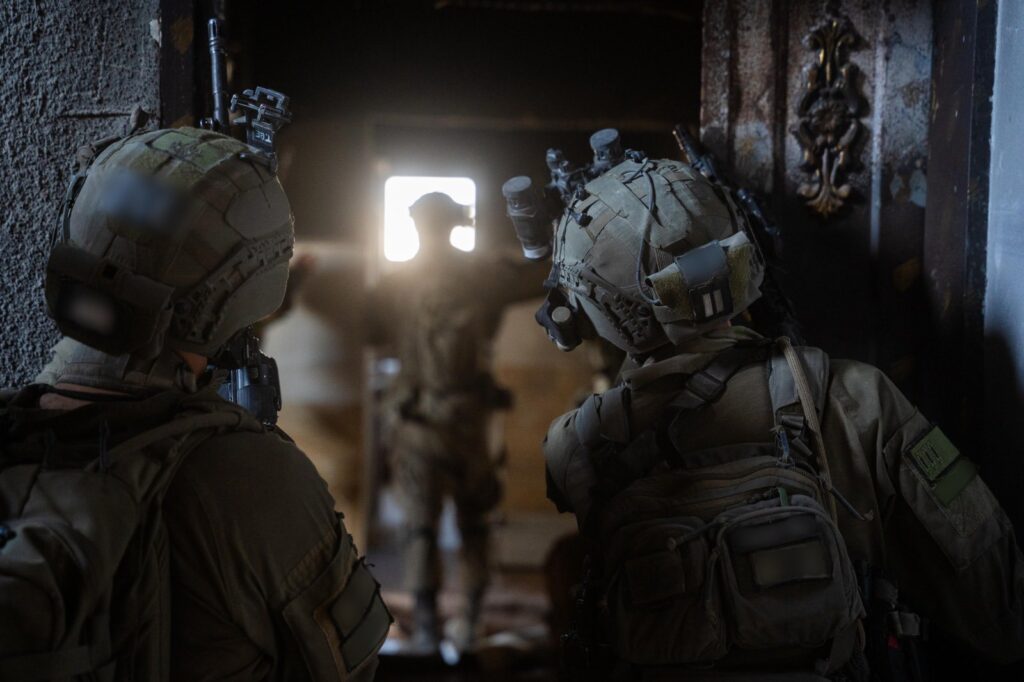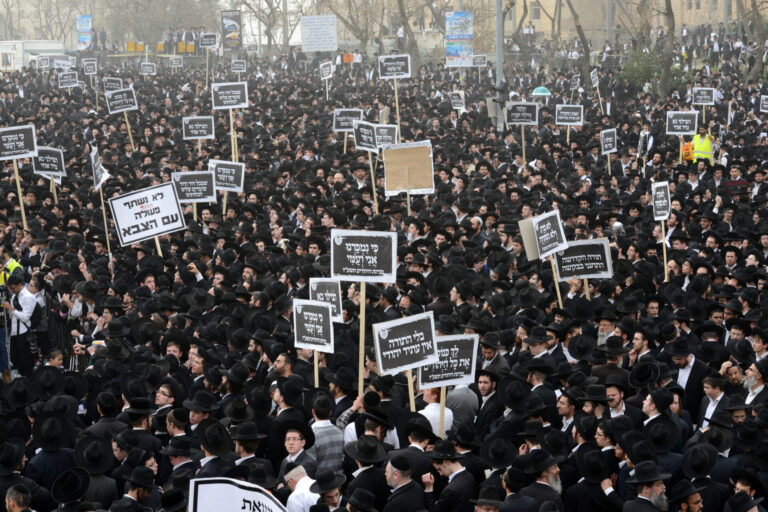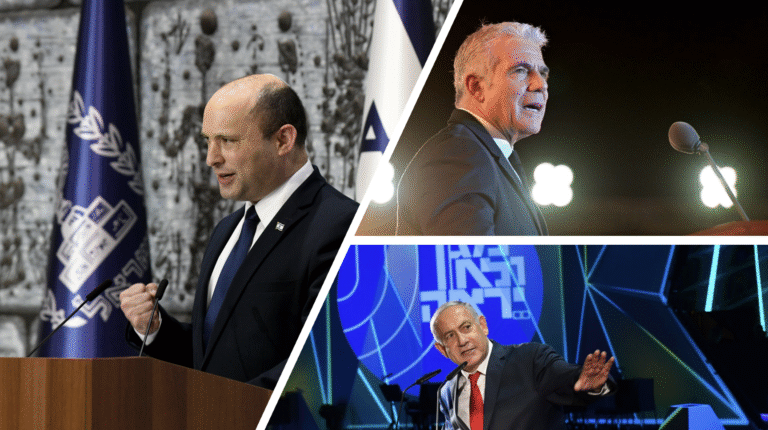While the IDF’s operation in Gaza is very much ongoing, both Hamas and Israel are running out of time. I explored this in my Shabbat column for Yedioth Ahronoth, an excerpt of which is below.
***
Deep concern, bordering on panic, has spread through Hamas’ upper ranks, according to senior Israeli officials, after the extent of the damage to Iran became clear. The organization’s strategic rear, its training base and source of power, has been significantly weakened at a critical moment. The fear preventing significant Israeli action against Iran has been shattered, just as the population’s fear of Hamas has significantly cracked.
Of course, as is typical in Gaza, this doesn’t necessarily indicate impending flexibility or surrender on Hamas’ part. Indeed, Israel’s mission to destroy terror infrastructure has continued even as Iranian missile interceptions were visible up above.
The main shift in the Gaza operation, under the current command, is in the emphasis within the IDF’s framework of infrastructure-territory-terrorists. Under the previous IDF General Staff, due to manpower limitations, the focus was on the terrorists, around 20,000 of whom were eliminated in raids. The problem was that, in the territory cleared by Israel’s military, new terrorists returned — even if less trained — while the terror infrastructure was barely affected.
This time, the emphasis is on territory and infrastructure. The IDF is staying in every area it conquers, destroying the tunnels underneath and all houses above. The rationale is this: Gaza will never lack young men filled with hate, nor will it lack Kalashnikovs. But if the Philadelphi Corridor remains blocked, a destroyed tunnel can’t be rebuilt, and a demolished house will no longer serve as a hideout for a Hamas cell.
Such operations necessarily move at a much slower pace, but the claim is that afterward, terrorists will have nowhere to return to. Strategic tunnels that had survived the entire war are now being destroyed. According to IDF Southern Command, they are north-south and east-west arteries through which the terrorists moved. On top of that, 75 percent of Gaza’s population is now concentrated in 25 percent of the strip’s territory, and the operation is not even halfway complete.
Three things are deeply worrying Hamas’ leadership — or at least what’s left of it — these days. First, the distribution of aid by the Gaza Humanitarian Foundation. Unlike the original plan, it’s not being carried out via registration or in sterile, Hamas-free zones. But the fact that a million meals a day are being distributed — meals that the GHF does not store in warehouses and does not tax — weakens Hamas’ iron grip over the population.
Second, Palestinian clans have begun approaching the IDF to discuss local governance. Not thousands, not even hundreds — but the early signs are visible.
Hamas’ final worry is the IDF’s intelligence breakthrough, as demonstrated by the retrieval of eight hostages’ bodies in recent weeks. Evidently, Israel has uncovered crucial information — and the results are tangible.
Hamas’ hope is that the price in blood — 19 IDF soldiers have been killed since the beginning of June — will sour the Israeli public on the operation and force a hostage release deal on Hamas’ terms. Some in Hamas have even concluded from the war with Iran that now, of all times, Trump will pressure Israel to end the fighting in Gaza.
Either way, Hamas’ time is running out — as is Israel’s time to complete the operation. We’ll see which clock runs out first. And don’t forget: we haven’t even begun to talk about the hostages’ time.









